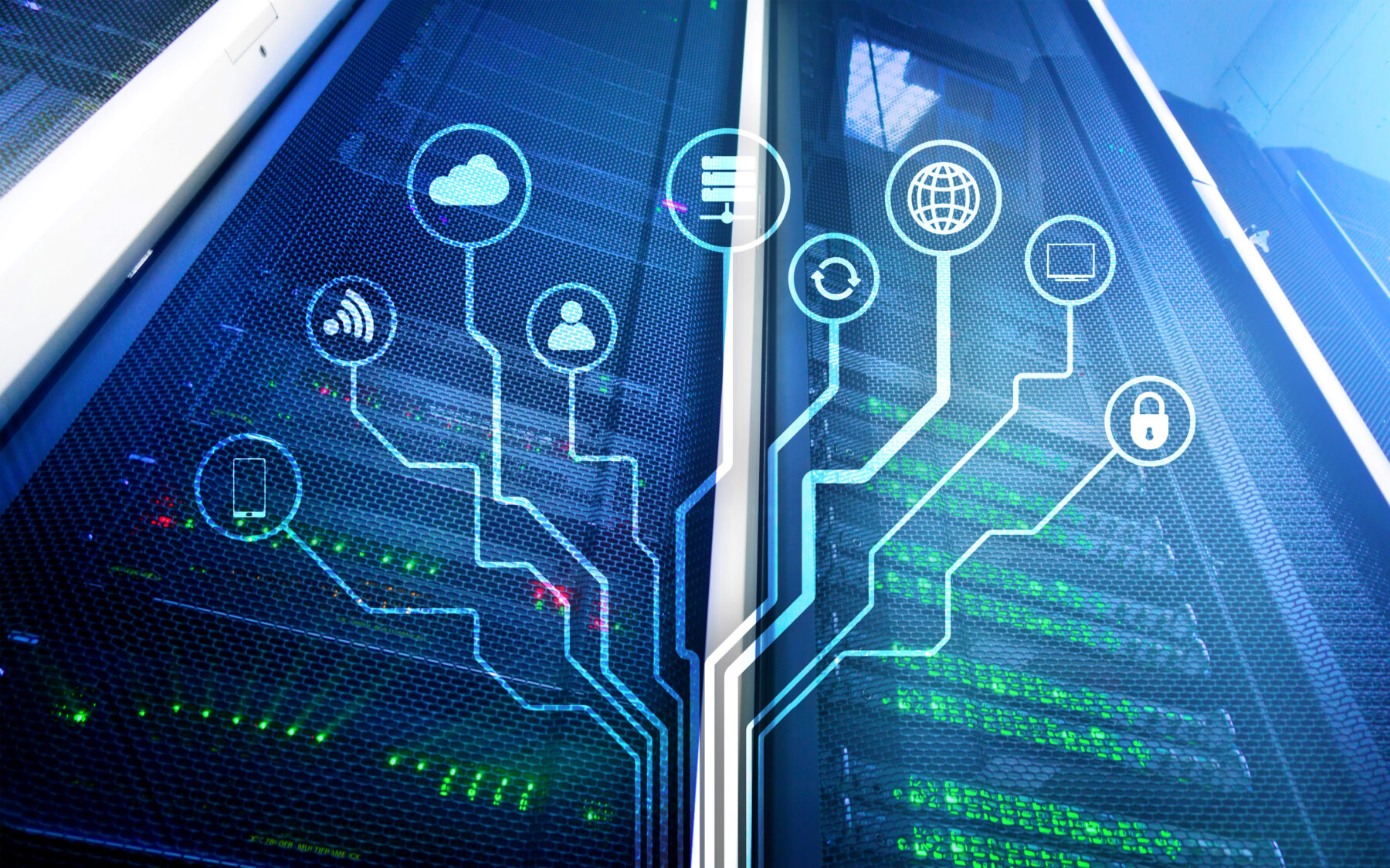Frank Scala
Corporate Commercial | Market Co-Leader
Principal

Acentech has been designing building technology systems for decades, supporting the audiovisual, telecommunications and security system needs of building owners and users. We are now expanding our services to include consulting for Smart Buildings.
So, what is a Smart Building?
In basic terms, a Smart Building uses technology to improve operational efficiency, occupant wellness and comfort, and enhance sustainable design features. This is achieved through the use of Internet of Things (IoT) sensors and software. Complex integrations and convergence of these systems provide a customized solution relative to the needs of the building’s end-users. As a result, there is no ‘out of the box’ solution as each structure and user group has its own independent needs.
How do building owners or tenants interact in a Smart Building?
Smart Building technology gathers actionable data from many sources including building sensors (such as occupancy or environmental sensors) and building management and security systems. Customized software provides an interface to evaluate and provide feedback on these systems for end-users or building managers. Some systems even apply artificial intelligence and machine learning to provide further data analysis and reporting.
What’s the real benefit of Smart Building technology?
The real benefit of a Smart Building is based on the return on investment (ROI). First, a study by Dodge Data Analytics found that Smart Buildings increase property values by 5%-10%. Another report by McKinsey & Company shows that Smart Buildings improve occupant productivity by 10%-30% with a ROI of 2-5 years, and a study by the National Renewable Energy Laboratory (NREL) found that Smart Buildings offer energy savings of up to 15%-30% with a ROI of 5 to 10 years. As government mandates push for all new construction to be net zero by 2030 (and existing structures by 2050), Smart Buildings will see a drastic increase in demand over the next few years.
How are Smart Building systems configured or designed?
At Acentech, we provide an individualized and innovative approach as part of our process. We find out what is important to the client, how they work, and what their vision is for on-site users and hybrid staff.
We facilitate initial planning sessions to walk clients through different scenarios to help them determine three key factors:
During a visioning exercise, we involve all key stakeholders to qualify and quantify their current built environment, what works and what does not. Then we create a framework outlining what is possible, and provide a roadmap for Smart Building integration to achieve those goals. There are many Smart Building tools available that can make buildings more sustainable and efficient.
So, visioning and planning with the client happens, then what?
A written narrative will provide a framework, recommending technology systems, specific technology integrations, and network convergence that will meet the client’s needs.
For example, if a client is concerned about employee experience, they may want a tenant engagement system. This app could provide the following functions:

The narrative will highlight these types of use cases, and include others that can be implemented as a basis of design for future phases. As part of the design team, we work closely with MEP, Technology and other consultants to effectively coordinate the needs of the stakeholders to ensure an innovative and sustainable Smart Building design.
How are Smart Buildings measured?
WiredScore has Smart Score certification levels (much like the USGBC’s LEED certification levels). Smart Buildings have to hit certain criteria to reach various levels like Platinum, Gold, Silver, etc. to determine ‘how smart is my building?’
Certification is divided into two main sections: User Functionally and Technological Foundation. The scorecard highlights specific use cases that need to be met and the criteria behind them. The primary focus of this certification is on health and wellbeing, collaborative community, operational efficiency, safety and security as well as sustainability. Smart Score has become the global standard in Smart Building Certification.
So, what’s the future of intelligent building technology?
It is no surprise that today’s new construction (with Net Zero mandates) prioritizes electrification as the main method for a carbon-neutral future. This has opened a new market in energy recovery systems. Based on the law of energy conservation, these recovery systems reclaim dispersed energy within their environment, converting it into usable energy for the building. These types of systems include Heat Recovery Ventilators (HRVs), Energy Recovery Ventilators (ERVs), Geothermal Heat Pumps (GHPs), hydraulic turbine energy recovery systems, hydropower energy recovery systems, photochromic glass, acoustic energy recovery systems, and interior light recovery systems. Some of these technologies are being developed and others are currently in use today. Lastly, network convergence of these technologies is a critical component of their evolution. This level of networked connectivity will allow for better integrations and provide a dynamic path forward for future smart buildings to come.
If you have any questions about the information outlined above, or would like to find out more about how Acentech can support your Smart Building project, please let us know!